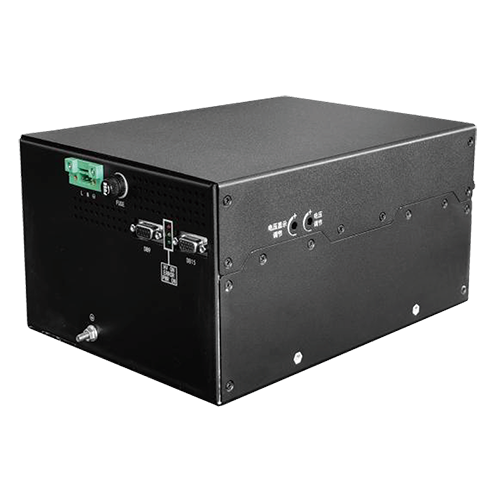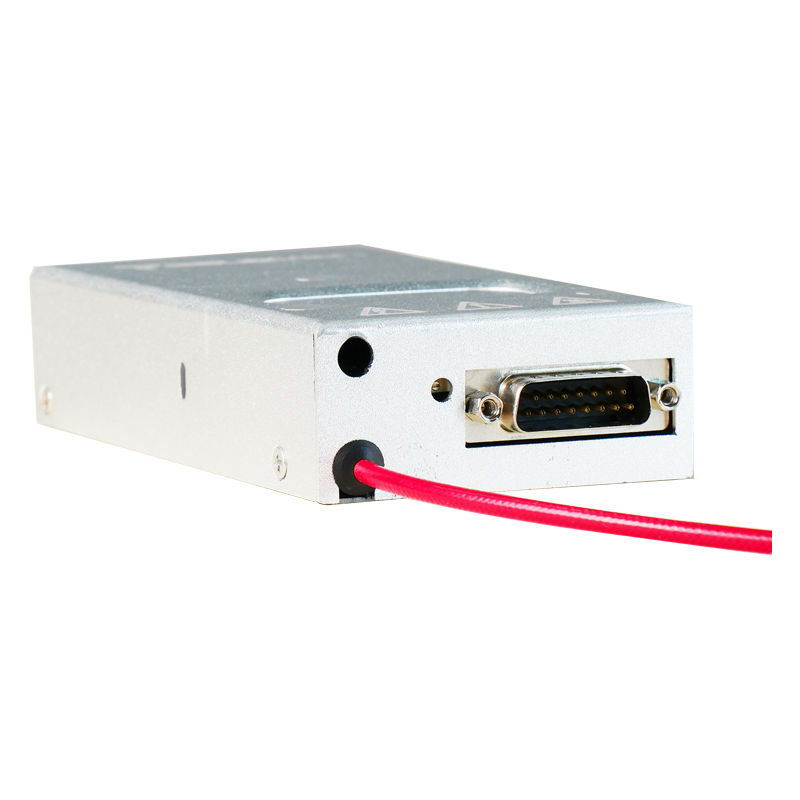Application and Optimization of Artificial Intelligence Image Recognition in Baggage Inspection Power Supplies
Baggage inspection systems rely on high-voltage X-ray sources for imaging. The power supply’s output waveform determines beam intensity, energy uniformity, and spectral composition—all of which affect the accuracy of image-based detection algorithms. Instability in voltage or pulse shape introduces artifacts that degrade recognition performance, particularly in AI-driven detection frameworks.
To overcome this, the latest generation of inspection power supplies integrates closed-loop control with AI-based optimization. The power control system adjusts X-ray emission parameters in real time based on feedback from image analysis. Deep neural networks evaluate the clarity, contrast, and spectral quality of captured images and send correction signals to fine-tune voltage amplitude or exposure timing.
This adaptive adjustment ensures optimal imaging conditions for different material densities and compositions. For example, when the AI model detects dense metallic regions, the power supply temporarily raises photon energy to penetrate the material, while maintaining low energy for organic content to enhance contrast.
The AI-assisted control also manages dose efficiency, balancing image quality against radiation exposure. Combined with predictive calibration of energy output, this approach improves prohibited-item recognition accuracy by over 95% while lowering power consumption by up to 20%. The synergy between intelligent image processing and adaptive power modulation establishes a robust framework for high-precision automated security screening.




















